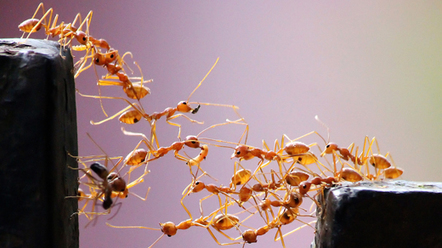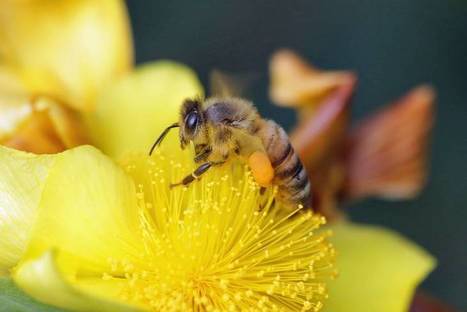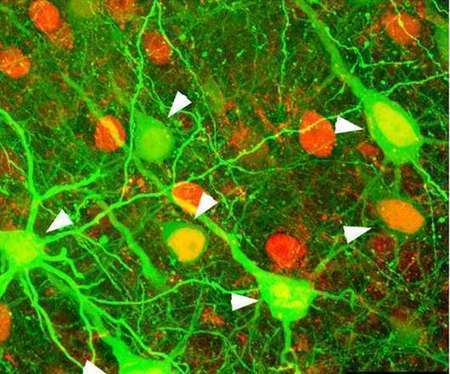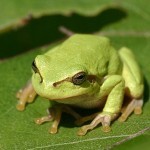"Army ants form colonies of millions yet have no permanent home. They march through the jungle each night in search of new foraging ground. Along the way they perform logistical feats that would make a four-star general proud, including building bridges with their own bodies. Much like the swarms of cheap, dumb robots that I explored in my recent article, army ants manage this coordination with no leader and with minimal cognitive resources."
Research and publish the best content.
Get Started for FREE
Sign up with Facebook Sign up with X
I don't have a Facebook or a X account
Already have an account: Login
 Your new post is loading... Your new post is loading...
 Your new post is loading... Your new post is loading...
|
|















